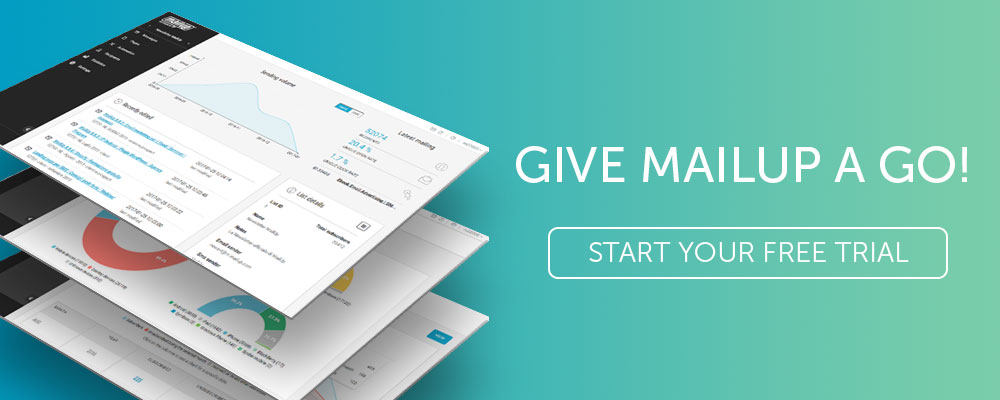5 Cornerstones To Great Database Building

Every digital marketing activity is based on certain fundamental principles, those “rules of the game” that can be used to to define assumptions, objectives, end goals, and guidelines (theoretical and practical) that can guide a delimited set of operations.
While you’ll find plenty of database building techniques and tools, both online and offline, best tactics, implement them on multiple channels, or experiment with new contact collection methods.

From developing integrations to strategic support, from creating creative concepts to optimizing results.
Today we want to focus on database building – a primary step that, allowing you to establish the first contact between your brand and your users, is the fundamental foundation on which all subsequent digital marketing operations are based.
We’ll put aside practices, techniques, and tools for database building (all topics that you can learn about in another one of our blog posts) so that we can analyze the principles, those 5 cornerstones that must guide the activity of collecting contacts.
1. Avoid buying or renting lists
As in all other areas of Digital Marketing, the one thing that can’t be missing is strategy or planning. This is why we recommend that you narrow your database building work area in order to define channels and contact collection methods. This is an area where delimiting borders becomes crucial, as it represents the result of the meeting point between the need to acquire new contacts and respect (both ethical and legal) for the user.
For this reason we must highlight a point: buying or renting lists of recipients should not be considered a database building technique, but its exact opposite, the worst practice par excellence. If you aren’t convinced, we recommend one of our blog posts on the subject, where we explain all the disadvantages that come from buying third-party email lists.
The truly effective database building techniques are those which rely on dedicated tools and features, basing the collection on the recipient’s actual desire to receive a certain kind of communication. In two words, quality (and here we’re anticipating the next point) and continuity are necessary in order to increase your database over time, not just one-off initiatives.
2. Focus on expanding your list size…
It may sound redundant, but expanding your contact database means extending your user base, which in turn is equivalent to widening your audience of potential clients.
In Digital Marketing, owning email addresses and phone numbers is a key element of a business strategy, regardless of the business sector. A healthy contact database gives you a public audience to engage on multiple levels, from information (with newsletters) to a more promotional one (with DEM or flash sales via SMS).
If in principle the equation more subscribers = higher business potential is certainly true, however, an XL-sized database obtained in dodgy ways – i.e. by buying or renting third-party lists – will result in more damage than benefit. Let’s skip to the next point to see why.
3. …but focus even more on list quality
If of poor quality, even databases with zillions of contacts are of no use. In fact, they are even harmful. Quality should be the main factor to consider when evaluating a list of email contacts. This is because a database with poorly reactive users or users who are scarcely interested in communications (perhaps because they are massively imported from other lists) record poor performance and hurt a brand’s reputation and deliverability. This is a crucial topic for anyone who wants to effectively carry out email marketing.
So let’s look at the other side of the coin, a complementary activity to database building: once built, a database must be cultivated and kept “clean”. We’re talking about inactive recipients, those who no longer interact with the communications we send them. A database with a high concentration of inactive recipients damages the sending reputation and delivery capacity of a brand. We suggest predicting and fine-tuning a parallel re-engagement strategy for these users, which can also be modified for the SMS channel.
4. Obtain explicit consent
Regardless of the industry and business size, contact collection must always include a user’s express and explicit consent to receive communications.
This is both a legal and ethical requirement. Email marketing is an aspect of the digital world that is regulated by exact laws, which in recent years have finally been incorporated with a unique formulation at a European level. We’re talking about the new European Privacy Policy that will provide European Union countries with a revised law on the processing of personal data for all the citizens of the old continent.
Connected to this principle of consent, we have three tips for your strategy that you can apply immediately:
- Never pre-flag the privacy acceptance box and always provide the necessary documentation regarding data processing. It’s not just a legal obligation, but also a good practice to create mailing lists containing informed, well-prepared, responsive users.
- Adopt the double opt-in system: a newsletter subscription method which, as opposed to the single opt-in system, includes an additional step for confirming. Once the form is completed and the request has been sent, the new contact must click on the confirmation email that is sent automatically. This method ensures that the email address entered is valid and actually read by the user, so you can minimize the bounce rate that impacts your deliverability.
- Include three basic elements in the footer: a permission reminder, a unsubscribe link and a link to your preferences page. The latter is an alternative to unsubscription and lets the recipient modify his subscription and sending frequency.

5. Think long term
Creating a database is a strategic, long-term operation. On average, after a year:
- 30% of the addresses collected are lost due to errors or unsubscriptions
- 25-50% of subscribers become inactive, meaning that they don’t open or click on any more messages (data: Email Marketing 2.0, Hoepli).
For this reason, database building should not be considered as a one-off initiative, but as a continuous, long-term activity, which must be refined and measured in terms of performance in order to understand what works best for each business.
Experimenting with new solutions is never a bad choice. In fact, it helps developing evermore effective techniques. For example, if you share content from other brands on your social channels, you can use a tool like Sniply to place a registration call-to-action on external websites. It helps you create a small banner that appears at the bottom of the webpage you are sharing. You only have to pick a short message and a call-to-action that sends users to your newsletter subscription landing page.
And don’t forget to put a link to your registration landing page directly in your company signature. You may have never thought of it, but your personal signature in your business email reaches many people outside the company. Why not insert (in addition to your logo and contact info) an invitation to subscribe to the newsletter, with a link to the form?
Or, relying on the Inbound SMS system, you can take advantage of cross-channel activities, offering the possibility of subscribing to the newsletter via a simple SMS.
Database building: wrap up
We’ve highlighted the cornerstones of database building that should inform the tools and techniques you use in your daily marketing actions. If you still don’t have a delivery platform to rely on, try MailUp for free for 30 days and discover for yourself its potential.
